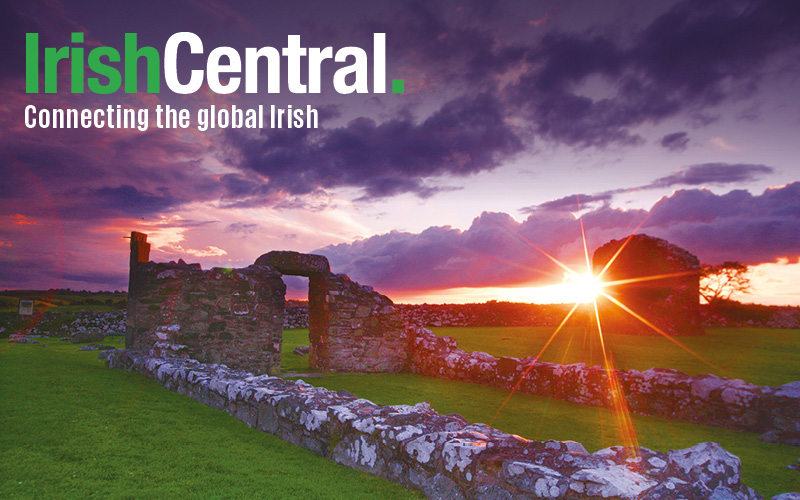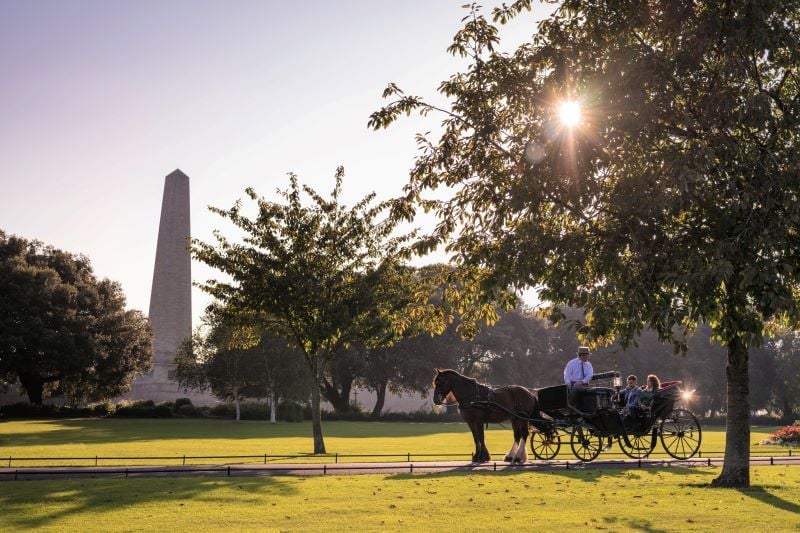Winter storms have swept away parts of a graveyard and other historic markers on the abandoned island of Inishark off north Connemara. However, a 21st century “pop-up” art gallery, sheltered by the outer walls of the island’s former primary school, has survived.
The small cemetery, built above the south-facing harbor, was in use up to the 1930s, reports the Irish Times. It is one of five early Christian monastic sites on the Island.
“One more storm like that series of high tides we had this past winter and it won’t survive,” says Féichin Mulkerrin.
American archaeological students from Notre Dame University recently reburied some of the exposed fragments during a recent field trip to the island.
Mulkerrin estimates that during the high tides between January and February at least 3m off the cliff face of the south-facing section and 5m to the southwest was lost to the sea.
Inishark’s slipway and pier was snapped in two by the Atlantic surges.
Neighboring island Inishbofin’s 19th century East End pier was also reduced to a rubble.
Luke Franklin, a Dublin filmmaker based in London, built a prefab bothy on the island as part of his master’s project at Central Saint Martins College of Art and Design in London.
Franklin and his friends built bothies in four separate remote location for the 4 Bothies project. The buildings house a library, study, studio and gallery.
The gallery on Inishark is “Unofficial, unlocked and free.” The structure has no sign or security.
He says the project’s philosophy is that “if it’s hard enough to get there, and hard enough to find, people will respect it.”
“We’ve made this space for you and for anyone else to . . . show their work somewhere special,” his submission form reads. Artists are invited to participate.
Martin Murray, one of the last pupil’s at Inishark’s school, recently contributed to the gallery.
The first exhibition, Shark, featuring the work of three photographers – Rich Gilligan, Niall O’Brien and Kenneth O’Halloran – took place last year. About 350 people signed the visitors’ book.
The Inishark bothy is currently hosting a second exhibition, showing work by Nigel Rolfe, Ivor Prickett, Brid Clarke and graffiti artist Maser.
“Technically, the idea was to have four white walls that artists could choose to use in any way they wanted, but we felt we needed to create momentum,” says Franklin.
“Art has a value in wild and wonderful places, and it is as impossible as exploration, but I think we are also bringing a bit of life back to the island.”
Inishark’s last permanent residents left the island in 1960, when 23 people were evacuated to the north Connemara mainland.
In the recent book ‘Inishbofin and Inishark: Connemara,” author James Morrissey writes that a combination of “weather, tides, seas and illness” defeated the last six families on the island.




Comments